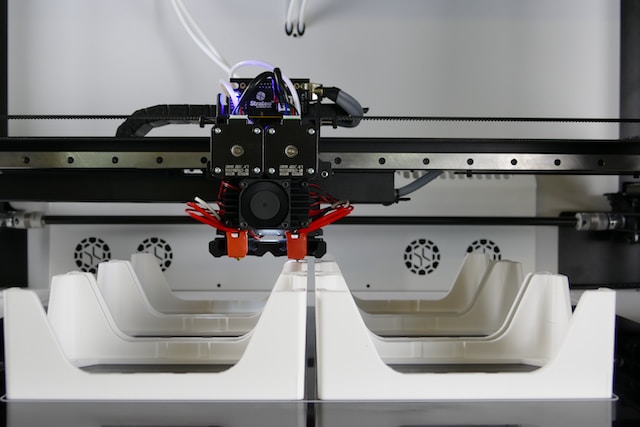A pioneering biotech company has unveiled the world’s first biological computer powered by human brain cells, marking a breakthrough in computing technology. This innovation, often referred to as a “body in a box,” blends neuroscience with artificial intelligence, pushing the boundaries of what computers can achieve.
A New Era of Computing
Traditional computers rely on silicon-based processors, but this new approach integrates lab-grown human neurons, creating a biological computing system capable of learning and adapting like a human brain. The company behind this revolutionary technology claims that these brain-cell-based computers could outperform conventional AI systems in processing speed, efficiency, and energy consumption.
How It Works
The system harnesses human neurons cultivated in a controlled lab environment. These neurons form neural networks capable of processing information, mimicking the way the human brain operates. Unlike traditional AI, which relies on massive datasets and high power consumption, biological computing has the potential to solve complex problems more efficiently and with significantly less energy.
Potential Applications
Biological computers could transform multiple industries, including:
- Artificial Intelligence: Enhancing machine learning models with human-like adaptability.
- Drug Development: Simulating human brain activity to accelerate neurological research.
- Cognitive Computing: Creating more efficient systems for problem-solving and data analysis.
Challenges and Ethical Considerations
While this breakthrough is promising, it raises ethical questions about the use of human cells in computing. Issues such as consent, neuron sourcing, and the potential implications of creating brain-like machines will need careful regulation. Additionally, scaling up biological computing for commercial use remains a challenge due to the complexity of maintaining living neurons.
The Future of Biocomputing
With advancements in neuroscience and AI, biological computing could redefine the future of technology. If successfully developed, these systems may lead to computers that think, learn, and adapt just like the human brain—ushering in a new era of intelligent machines.







